- special reduced price € 10
until 29 May, valid for all exhibitions currently on view, due to the rearrangement of selected galleries and the implementation of energy efficiency improvements to the buildings
- open € 18
valid for one year from the date of purchase
- free
– minors under 18 years of age;
– myMAXXI cardholders;
– on your birthday presenting an identity document;
– upon presentation of EU Disability Card holders and or accompanying letter from hosting association/institution for: people with disabilities and accompanying person, people on the autistic spectrum and accompanying person, deaf people, people with cognitive disabilities and complex communication needs and their caregivers, people with serious illnesses and their caregivers, guests of first aid and anti-violence centres and accompanying operators, residents of therapeutic communities and accompanying operators;
– MiC employees;
– journalists who can prove their business activity;
– European Union tour guides and tour guides, licensed (ref. Circular n.20/2016 DG-Museums);
– 1 teacher for every 10 students;
– AMACI members;
– CIMAM International Committee for Museums and Collections of Modern Art members;
– ICOM members;
– from Tuesday to Friday (excluding holidays) European Union students and university researchers in art history and architecture, public fine arts academies (AFAM registered) students and Temple University Rome Campus students;
– IED Istituto Europeo di Design professors, NABA Nuova Accademia di Belle Arti professors, RUFA Rome University of Fine Arts professors;
– upon presentation of ID card or badge: Collezione Peggy Guggenheim a Venezia, Castello di Rivoli Museo d’Arte Contemporanea, Sotheby’s Preferred, MEP – Maison Européenne de la Photographie;
Collection
MAXXI’s Collection of Art and Architecture represents the founding element of the museum and defines its identity. Since October 2015, it has been on display with different arrangements of works.





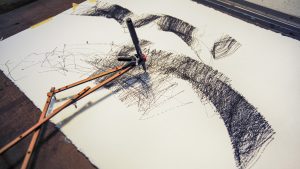
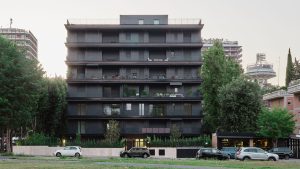




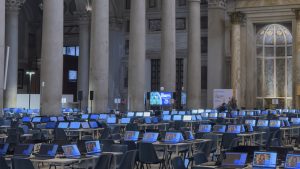
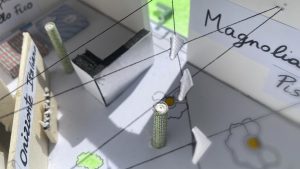

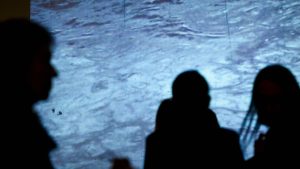



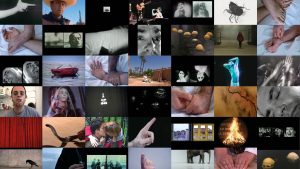
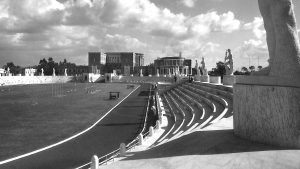





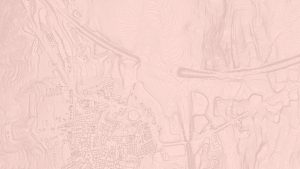
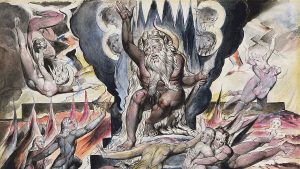

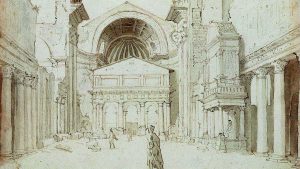
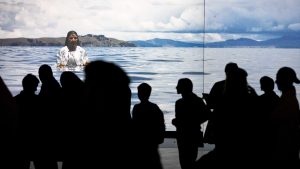


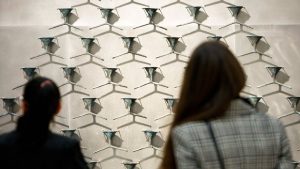



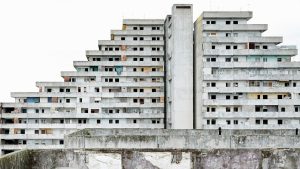

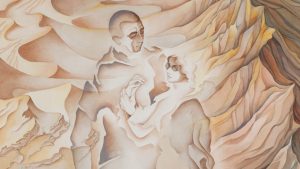


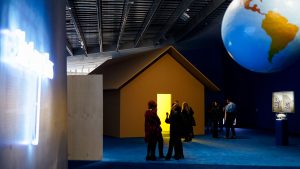


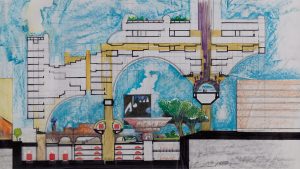
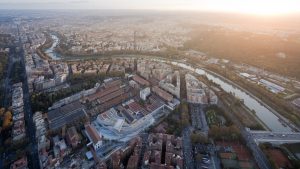
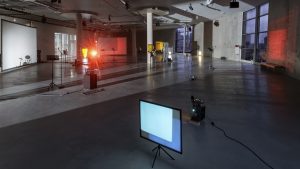

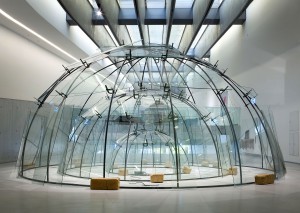
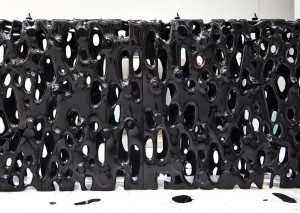
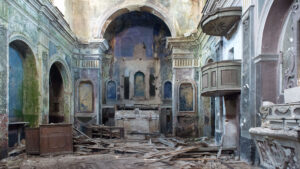

Carlo Scarpa Hall
The hall houses two video works, one by the Argentine artist, architect and performer Tomás Saraceno, the other by the Pakistani-American artist Shahzia Sikander.
Tomás Saraceno, Poetic Cosmos of the Breath, 2013
Inspired by the work of Dominic Michaelis, the English architect renowned for having invented a solar-powered hot air balloon (1975), Poetic Cosmos of the Breath is a dome that inflates with the energy of the sun in certain climatic conditions. It utilises apparently simple materials to produce a surprising effect. The work is prepared at dawn: the air inside the balloon is heated by the greenhouse effect and the lightweight material slowly rises without the aid of machines or electrical energy. At the same time, the sunlight, filtered through the material, creates a vibrant rainbow of iridescent colour.
Conceived for Mobile M +: Inflation! As a temporary event, Poetic Cosmos of the Breath posits new possibilities of imagining humanity’s relationship with the natural world.
Shahzia Sikander, The Last Post, 2010
Colonization, its rhetoric, its perception and its impact on certain narrations are the diverse interconnected and overlaying questions that are tackled in the work The Last Post by Shahzia Sikander.
The history of the British East India Company alludes to the movement of people and goods: importation and exportation, rearrangement and the conditions of mobility characterised the traffic of people and goods in the Indian subcontinent and in Asia. This work sheds light on the British opium trade with China and is a metaphor for the end of British hegemony in the country.
The Last Post marks the first collaboration between the artist and the Chinese multi-instrumental composer and performer Du Yun.